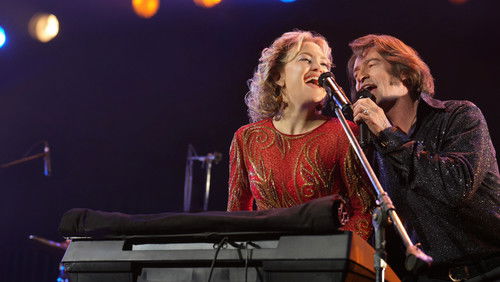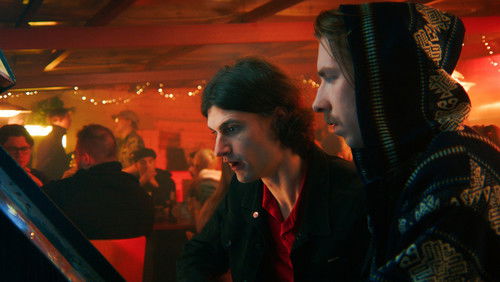Hunger (2008)
40KHunger: Directed by Steve McQueen. With Stuart Graham, Laine Megaw, Brian Milligan, Liam McMahon. Irish republican Bobby Sands leads the inmates of a Northern Irish prison in a hunger strike.
“Hunger is a powerful and disturbing feature-film debut for the visual artist Steve McQueen. The film takes place almost exclusively within the confines of a high-security prison in Northern Ireland, where many members of the Irish Republican Army are interned. The small confines of the prison serve as a microcosm of the wider Troubles in Ireland. The conflict between the British wardens and the Irish inmates escalates steadily, with each indignity and abuse inevitably leading to another.u003cbr/u003eu003cbr/u003eThe conditions revealed in the prison are deeply disturbing, with the inmates fouling the jail with effluent and the guards responding with ritual humiliation and savage beatings. McQueenu0026#39;s camera is an unflinching witness to the squalor and cruelty, and with the vivid imagery and forceful sounds it is almost possible to smell and feel the frightening environs of the film.u003cbr/u003eu003cbr/u003eAlthough the focus of the film ultimately falls on Bobby Sands, the IRA member and inmate who leads a fatal hunger strike within the prison, we are not introduced to the main protagonist until a third of the way through the film. This approach works remarkably well in setting the scene for the main narrative, but it is disappointing that the different perspectives on each side are somewhat sidelined thereafter, as Sandsu0026#39;s personal struggle takes centre stage.u003cbr/u003eu003cbr/u003eThe terrible squalor of the prison cells provides some of the filmu0026#39;s most powerful images, but it is the second third of the film that is the most gripping, as Sands converses and argues with a visiting Catholic priest. An unmoving camera is trained upon these two protagonists for what must be nearly half an hour, as Sands reveals his plan for a new hunger strike and defends his methods of achieving political goals, ultimately berating what he sees as the priestu0026#39;s despondency and inertia. This is an utterly compelling piece of cinema.u003cbr/u003eu003cbr/u003eHowever, at the end of this gripping conversation, the director sees fit to insert a somewhat tortured analogy as Sands recalls for the priest a defining moment of his boyhood. This is an unnecessary effort to inject conventional beauty into Sandsu0026#39;s story, and sits awkwardly with the general tone of the film.u003cbr/u003eu003cbr/u003eIn the final third of the film, the hunger strike is depicted in by now characteristically brutal detail. Lead man Michael Fassbender clearly underwent a very painful regime to portray the wasting and withering of Bobby Sands in his last days. Unfortunately, amidst the impressive attention to detail, McQueen goes further in romanticising his main protagonist through a series of flashbacks to Sandsu0026#39;s childhood. This again jars with the realistic feel of the rest of the film, and points to McQueenu0026#39;s obsession with Sands, which he has admitted to having had since a young age.u003cbr/u003eu003cbr/u003eAlthough at times steering a little close to hagiography, McQueenu0026#39;s directorial debut is still a bold and engrossing film that cultivates an understanding for the very different people caught in up in the Troubles in Northern Ireland. It will be fascinating to see what his next project will be.”









